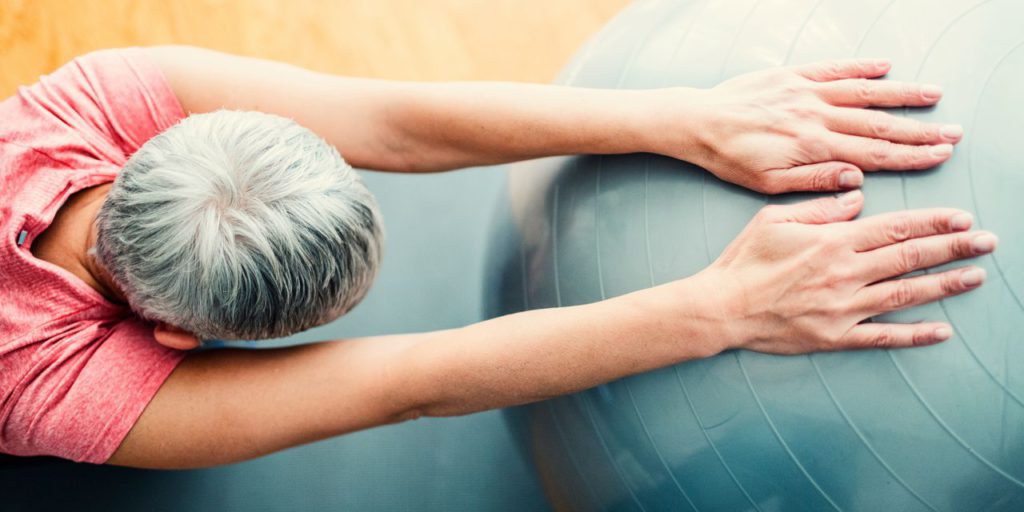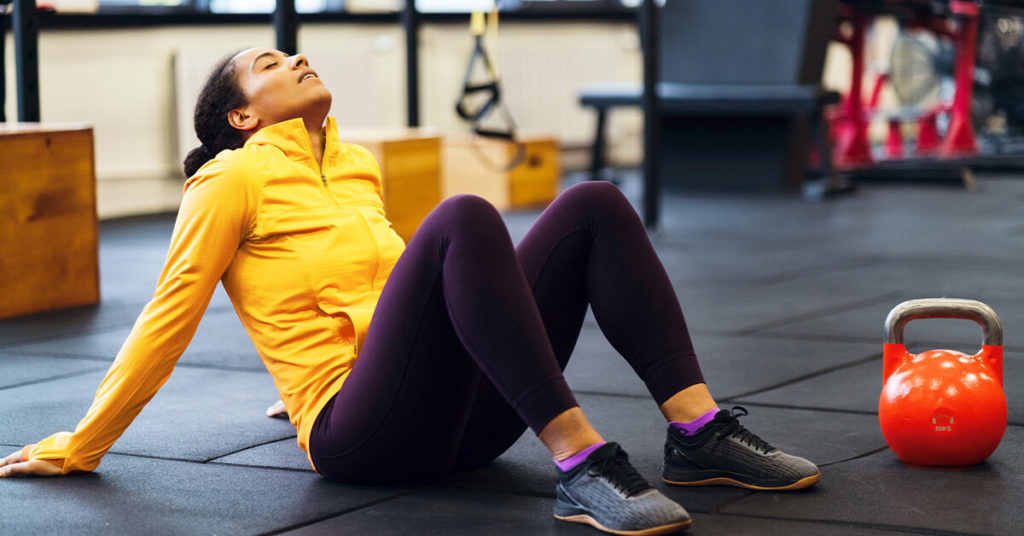
Whether you are a student-athlete or an individual who has just recovered from COVID-19, you are likely itching to resume your exercise routine. Or, if your illness is mild, you might be wondering what kind of workouts you can do while you wait out the infection. It is an ongoing conversation you will have to have with your doctors assessing; what kinds of lifestyle habits are and are not safe for your health. Returning to exercise while you are ‘mildly symptomatic’ can worsen those symptoms. People who have been living with the gastrointestinal effects of COVID-19 should keep tabs on their fluid and calorie intake while easing into their fitness patterns. So, here is what you can do to get back to the ‘new normalcy’:
- STARTING SLOW IS THE BEST OPTION:
Returning to normalcy post-COVID-19 is a gradual process. You might get tested COVID-Negative, but post-recovery symptoms can linger on for a while. Breathlessness, fatigue, joint pain, and muscle can stay for a bit longer than expected, making it difficult to conduct your daily activities. In these cases, it is essential to prioritize your health above all. Indeed, it is best to access, your physical condition before doing any household chores.

- STARTING YOUR REGULAR WORKOUTS AFTER COVID-19:
One of the key- concerns of people after COVID-19 recovery is about the right time to resume their exercising session. But, the ideal way to start is to start slow. Staying active is good for health. When people get sick, experts advise them to move their bodies a bit. But COVID cases are complicated. There are still other things that we are unsure about this disease because everyone experiences different symptoms, so we have to be extra careful.

- WHAT OUR EXPERTS SAY:
The Hospital for Special Survey (HSS) Sports Medicine Institute in New York City published a set of guidelines for people who are recovering from COVID-19.
People who experience any blood-related symptoms should move their bodies a bit throughout the day and start with low-intensity exercises.
For people dealing with respiratory issues like pneumonia, it is best to rest for a week. They should start slow and keep monitoring their respiration rate. People who have been suffering from chronic cardiac issues need to rest. Taking a break for 2-3 weeks is a must. Also, they should consult their doctors about resuming the exercise routine.

- HOW TO START YOUR EXERCISE:
Starting slow means involving low-intensity exercises and performing any activity for 5-10 minutes a day. In this case, you can start with jogging and walking in the first week, and then you can increase the pace of your workout from the second week. But apart from all of this, one of the most important things is to listen to your body. Every person responds to treatment differently. Two people might have the same symptoms, but their recovery rate is different. So, always pay attention to what your body is asking you to do.
EXERCISE RESTRICTIONS IN ISOLATION AND QUARANTINE:
- If you get exposed to the deadly virus:
So, if you were in close contact with someone who has contracted the COVID-19 virus, then you should quarantine yourself. Quarantine separates and restricts the movement of people who are in contact with a contagious disease. Active individuals and Athletes can exercise in quarantine as long as they can maintain certain restrictions. These restrictions include no going to the gym or practicing out. Instead, look for home workouts. But if you feel extremely exhausted and drained out, you should immediately stop exercising.
- If you are diagnosed with Coronavirus:
If you are diagnosed with Coronavirus, you should maintain isolation. Isolation separates sick people with a contagious disease from people who do not contract this deadly virus. People who are in isolation should not leave their homes for any reason. They should also refrain from doing any exercise until they are released from isolation and should immediately consult their doctor to resume activity.

TIMELINES FOR RETURNING TO EXERCISE:
While an athlete or an individual gets infected with the deadly virus, they should not engage in any physical activity and should take proper rest, proper nutrition, and following the advice of their medical experts. They should also remain hydrated throughout this illness. Also, the timeline of returning to exercise is determined by how moderate, mild and severe the case is.
People who test COVID positive should rest for a minimum of 10 days. There should be no physical training in that 10-day time frame.
If any individual has a mild illness, they can consider returning to activity after the 10 day isolation period. Once that 10-day window has passed, the individual may return to physical activity but must not have symptoms.
If an individual has severe illness, they should be evaluated by a healthcare expert to resume exercising.

HEALTH CONDITIONS WHEN YOU SHOULD STOP EXERCISING IMMEDIATELY:
If any individual is suffering from any of the following red flag symptoms during the attempted progression, they should stop exercising immediately:
- Heart palpitations.
- Nausea
- Headache
- Feeling lightheaded or dizzy
- Excessive level of fatigue
- High heart rate not proportional to exertion level.
- Swelling in the extremities.
- Loss of vision.
- Syncope.
So, if these symptoms resolve, the individual should rest for 24 hours and start back at the previous stage. If the symptoms persist beyond 24 to 48 hours, follow up with your doctor for recommendations- regarding additional evaluation and testing. Apart from exercising, there are a few medical tests that you should take. To read more, click “ 7 tests you should take post-covid19-recovery”.
Happy vibes:
Covid-19 might not leave so soon, but we can be cheerful during these difficult times; by doing a “HAPPY WORKOUT”. So, here is a video on home workouts you can do very easily.







